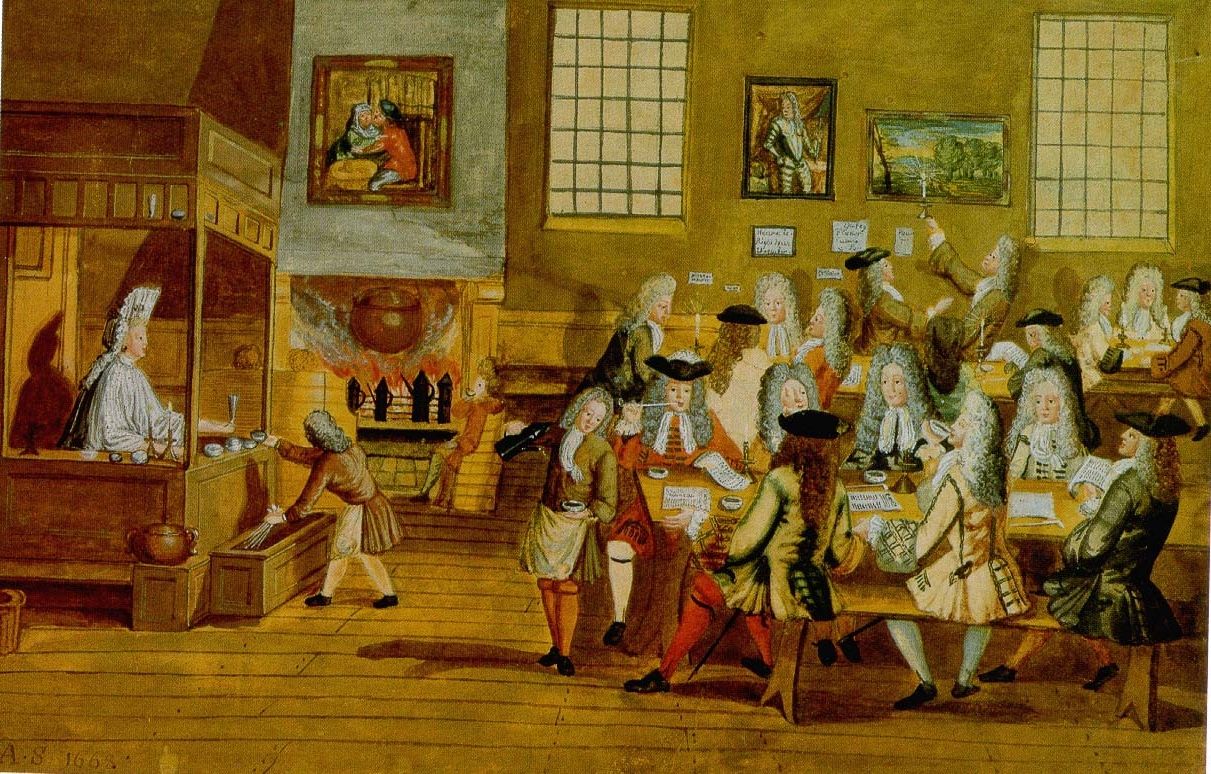Taking Drugs in the Office
Its time to talk about it.
1,3,7-Trimethylxanthine usage is widespread in our office. I frequently see my colleagues take it, they make no effort to hide it. Most of them are long term users, and probably addicted. I see them craving for it, particularly in the morning, and I see them in withdrawal and the mood swings too. My employer is also a supplier, complicit and seemingly OK that its staff take this substance during work hours. I regularly see the little vacuum sealed bags arrive at the office from the local supplier. When the supply chain fails, and it does regularly, things get edgy, calls are made, the credit card is put to work.
1,3,7-Trimethylxanthine is a psychoactive drug. It shares traits with other addictive substances, like amphetamines, cocaine and heroin. It can be administered by mouth, intravenously, rectally, by enema even. At work, my colleagues just drink it. Not sure how they administer it at home though. I assume you might have worked out by this stage that 1,3,7-Trimethylxanthine is another way to say caffeine. And the picture at the top of this blog is caffeine powder, and not the thing you thought it was.
So how and why are we drinking coffee (and tea and energy drinks - pick your poison)...
Caffeine was first discovered in China around 1000 B.C. in the form of tea, and the discovery of coffee can be traced to Ethiopia around 850 A.D. According to the legend, a humble goat herder who noticed how jumpy his goats got after eating the berries of an arabica plant, gave some of the berries to a local monk, who then used them to concoct the world’s first cup of coffee. By the 1500s, the drink had spread to coffeehouses across the Arab world, Mecca for example had coffee 'shops' on every corner. Like Starbucks, but totally not like Starbucks. Probably better.

It took another 150 years for coffee to expand its horizons into Europe. And Europe before caffeine and coffee was quite a different place. For starters, most people were regularly drunk, and for most of the day too. They would consume alcohol for breakfast, lunch and dinner, workers on farms would take beer breaks (I am going to advocate this for our office). Even kids drunk booze, usually in the form of hard cider. The reason for all of this was because of terrible water quality, it was often contaminated with disease. Alcohol, because of the fermentation process, would kill a lot of the nasty microbes. When caffeine arrived, it didn't eliminate the use of alcohol, but it did reduce it. And a lot of people observed this in the 17th century — that, as a result, they’re clear, more focused, able to do things they couldn’t do before. This had a profound effect.
"Tis found already, that this coffee drink hath caused a greater sobriety among the Nations. Whereas formerly Apprentices and clerks with others used to take their morning’s draught of Ale, Beer, or Wine, which, by the dizziness they Cause in the Brain, made many unfit for business, they use now to play the Good-fellows in this wakeful and civil drink"
Coffee became widespread in Europe in the 17th century. In London for example, coffee houses popped up everywhere. Some were dedicated to literature, where writers and poets would congregate. There was a coffee house dedicated to selling stocks, which eventually turned into the London Stock Exchange. Another dedicated to science, tied to the Royal Institute of Science, where great scientists of the period, Isaac Newton among them, would gather. This new, more civilised drink was changing the way people thought and the way they worked. This was The Age of Enlightenment, the intellectual and philosophical movement that dominated Europe in the 17th and 18th centuries with global influences and effects. Sobering and energizing the great minds of the time. And it was powered by coffee.

In more recent, relevant to us times, caffeine was an amazing aid to the rise of the industrial age and capitalism, and it's hard to imagine a world without it. For most of us, those cups of tea or coffee during the workday offer us respite, allow us to slow down, relax and enjoy a comforting hot drink, while giving us the fuel you need to make it through to the end of the day. These 'coffee breaks' as we now know them, have origins in the US, and a court case unsurprisingly, The United States vs. Phil Greinetz of Los Wigwam Weavers in 1955.
Greinetz owned the Denver tie factory Los Wigwam Weavers and after World War II, he struggled to find staff for the arduous task of tie making. To encourage productivity, he introduced mandatory coffee breaks so that workers would have the energy to make it through their shifts fully alert. Greinetz didn’t want to pay his employees for the time they spent drinking coffee. So the US Department of Labor became involved, and the court ultimately decided, that employers had to cover the cost of coffee breaks since the business was positively affected by employees being jacked up on caffeine.
In summary, going to finish with a quote:
“Capitalism and caffeine are hand in hand. If you want any proof of that, just look at the institution of the coffee break... Your employer not only gives you a free drug at the at the workplace, but gives you a place and time in which to enjoy it twice a day, in most places. Why would employers do that if it didn’t offer them more benefit than cost? And clearly it does. They get more work out of people.” Noted food journalist and coffee addict Michael Pollan (well worth looking him up too, he has written extensively on this subject)
